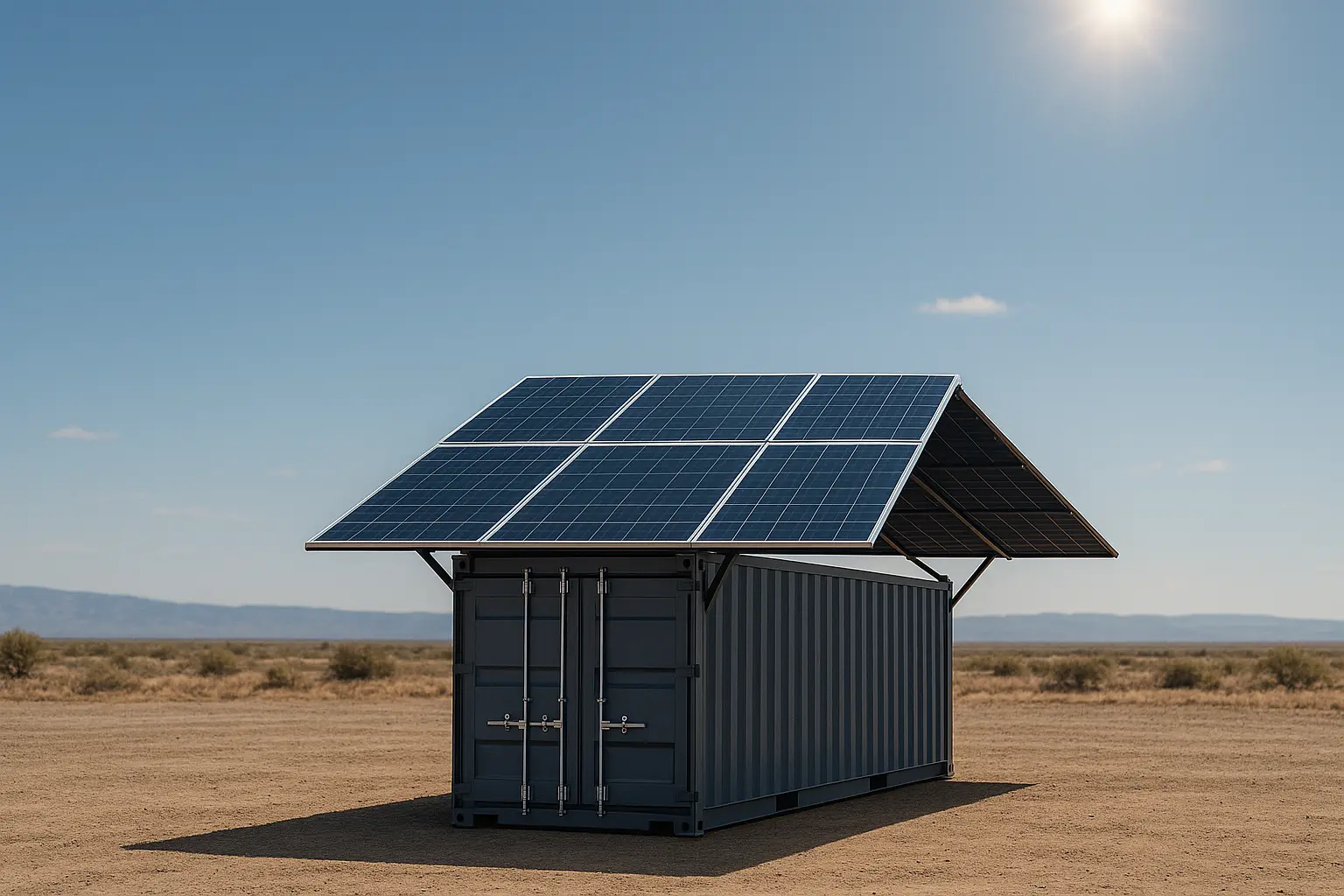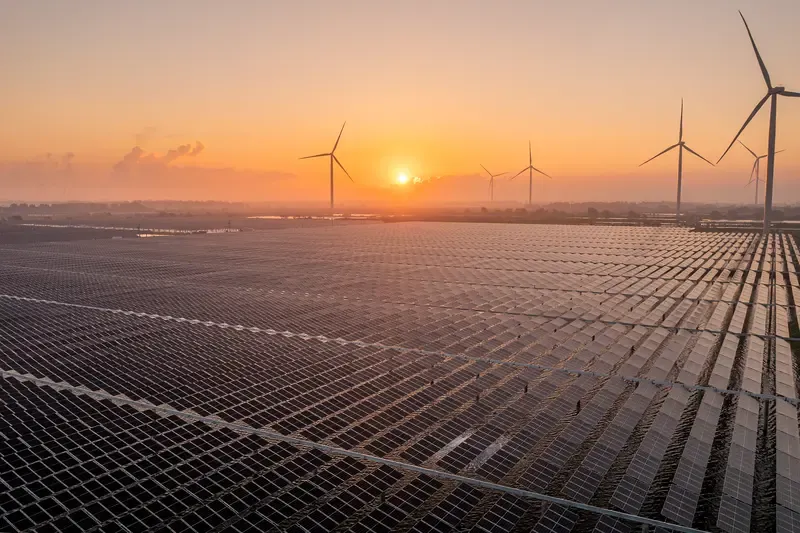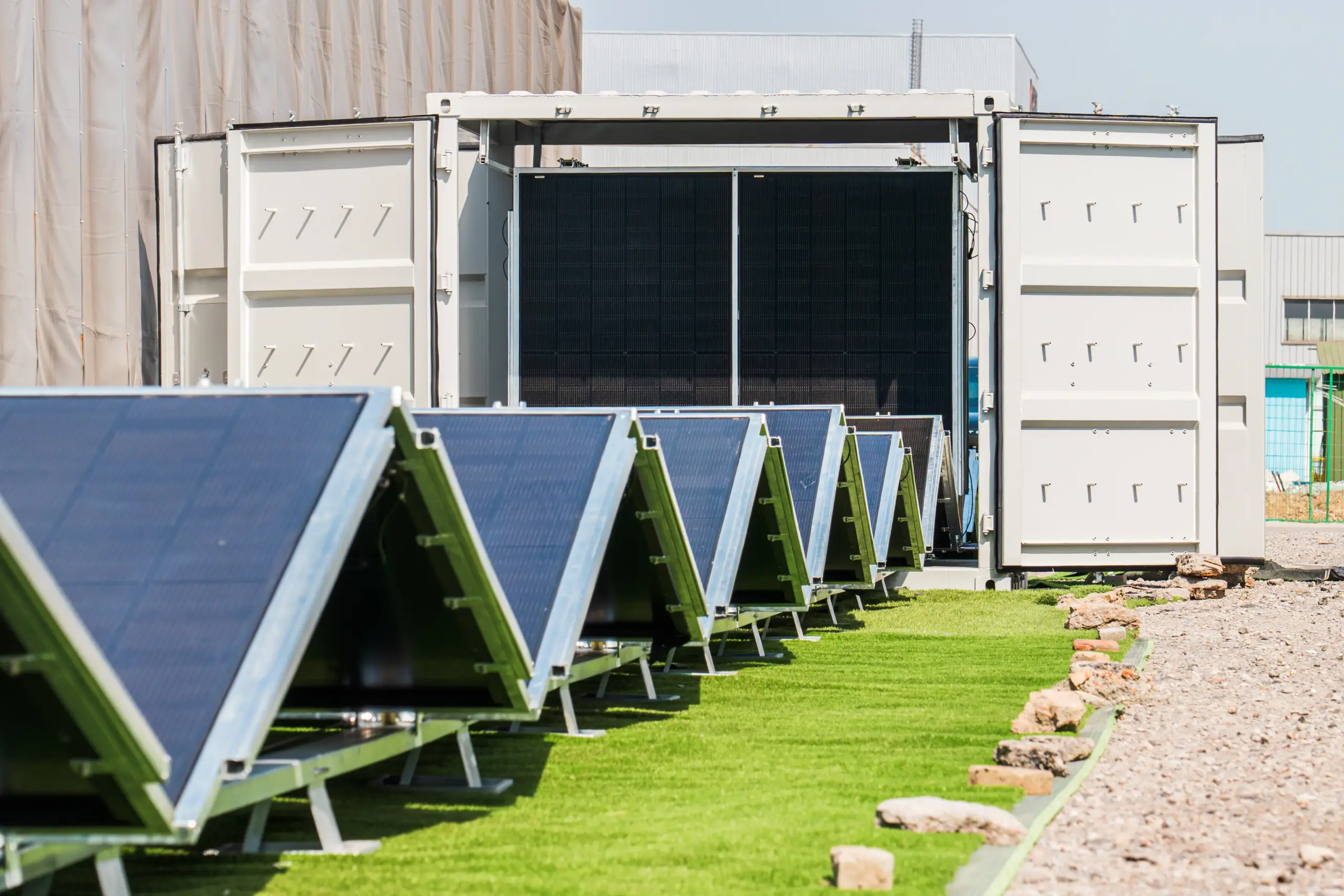In the ever-expanding field of renewable energy, there is an innovation silently changing the face of how we research, survive, and explore the desert: Desert Solar Container Research Cabins. Designed for strength, autonomy, and efficiency, these self-sufficient modules are transforming sustainability in one of the most unforgiving places on earth.
Why Desert Solar Container Research Cabins Are Setting the Future for Off-Grid Innovations
At the heart of the planet's driest and most remote regions, there's a new type of infrastructure that's trying to revolutionize how we power survival and exploration: Desert Solar Container Research Cabins. These solar-powered, prefabricated structures aren't concept stages—they're paving the way for scalable, sustainable solutions where traditional infrastructure doesn't exist.
So why are they gaining so much traction now?
With global warming accelerating and the world clamoring for decentralized energy solutions, humanitarian bases, remote research stations, and ecological survey teams are adopting solar photovoltaic container systems. These small huts offer an enclosed, off-grid workplace powered by the sun alone—ideal for desert landscapes such as the Atacama Desert in Chile or the edge of the Sahara in northern Africa.
And the best part: their design is not just handy. It's also durable. Through the marriage of renewable energy with mobility, these research cabins demonstrate what is possible when solar engineering and practical necessity meet.
Key Components of a Desert Solar Research Container Cabin
A modern desert solar container is not just a box with panels. It's an engineered micro-lab. Here's what usually goes inside:
- Photovoltaic Solar Panels(container-mounted or on nearby structure)
- Off-grid invertersand battery banks for power storage
- Thermal insulation and passive cooling
- Water purification systems
- IoT-enabled monitoring equipmentfor data collection
- Satellite or long-range wireless communications systems
These systems are typically designed to be totally off-grid, although some include hybrid setups (i.e., solar + wind or solar + hydrogen fuel cells) for redundancy.

Use Case: Xinjiang, China
A case in point is a recent example from the Taklamakan Desert in Xinjiang, China, where a joint research partnership involving a local university and a solar equipment vendor deployed an autonomous solar container cabin. The task? To monitor sand movement, solar efficiency, and microclimate conditions for a year without any human involvement. The result? Uptime of over 97% and gigabytes of environmental data transmitted daily via 5G.
These case studies point to the viability of solar containers in climates once thought "uninhabitable."
Advances in Vertical Integration and Modular Design
Modular design is elevating these cabins to new heights. Through the vertical integration of solar panels and adding multi-story research space within the footprint of a single shipping container, developers are maximizing space utilization—a critical consideration for remote deployment logistics.
Moreover, some companies are embedding AI-powered self-cleaning systems, using electrostatic discharge or ultrasonic vibration to repel dust, a major issue in desert operations. One might ask: Is manual maintenance still necessary if these technologies keep improving? The answer seems increasingly to be no—especially in remote, high-risk zones.
Who Are These Cabins For?
- Environmental research institutions
- Military and defense operations
- Space agencies simulating Martian or lunar conditions
- Oil & gas or mining exploration firms
- Emergency relief organizations in deserts
The common thread? Each of these organizations needs strong, remote, and renewable infrastructure.
Policy Support and Global Trends
As nations race towards carbon neutrality, governments are offering generous subsidies for desert-based solar development. For instance, the UAE's Masdar Initiative has partnered with universities to introduce mobile solar labs throughout the Arabian desert, which has helped monitor the degradation of PV panels under extreme UV conditions.
Meanwhile, the EU's Horizon Europe Program has funded a number of proposals for containerized research cabins in North African deserts for agri-tech trials and water research.

Challenges to Address Before Deployment
As promising as it is, there are challenges:
- Transport logistics to remote desert locations
- Temperature control, particularly for battery and electronics health
- Wildlife conservation and environmental footprint
- Security against theft or vandalism in unsecured areas
Yet, the creation of remote control and automated diagnostic systems is minimizing many of these risks.
Could we see self-replicating research huts powered by 3D-printed modules and AI coordination someday? The desert, often considered barren, could actually be the frontier of intelligent autonomous infrastructure. As climate change approaches more rapidly and energy needs increase, even climate refugees or field hospitals in humanitarian crises could utilize these containers as resilient habitation modules.

